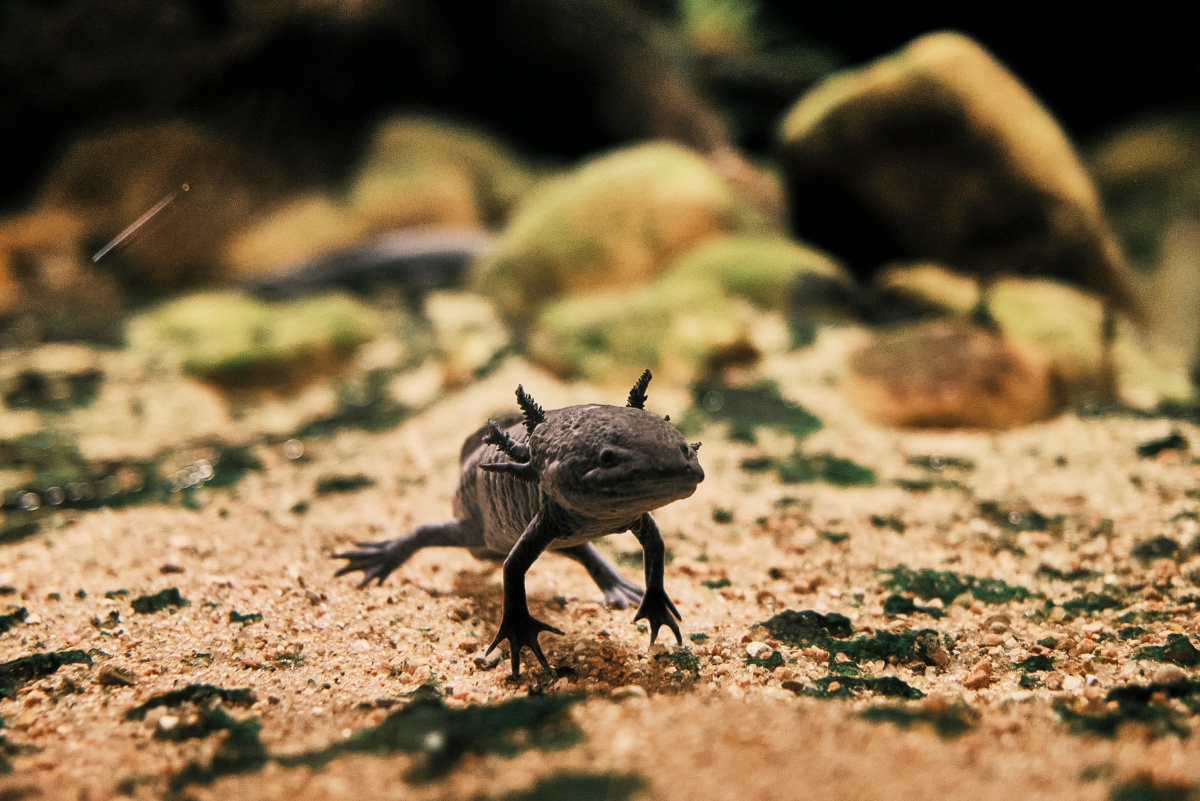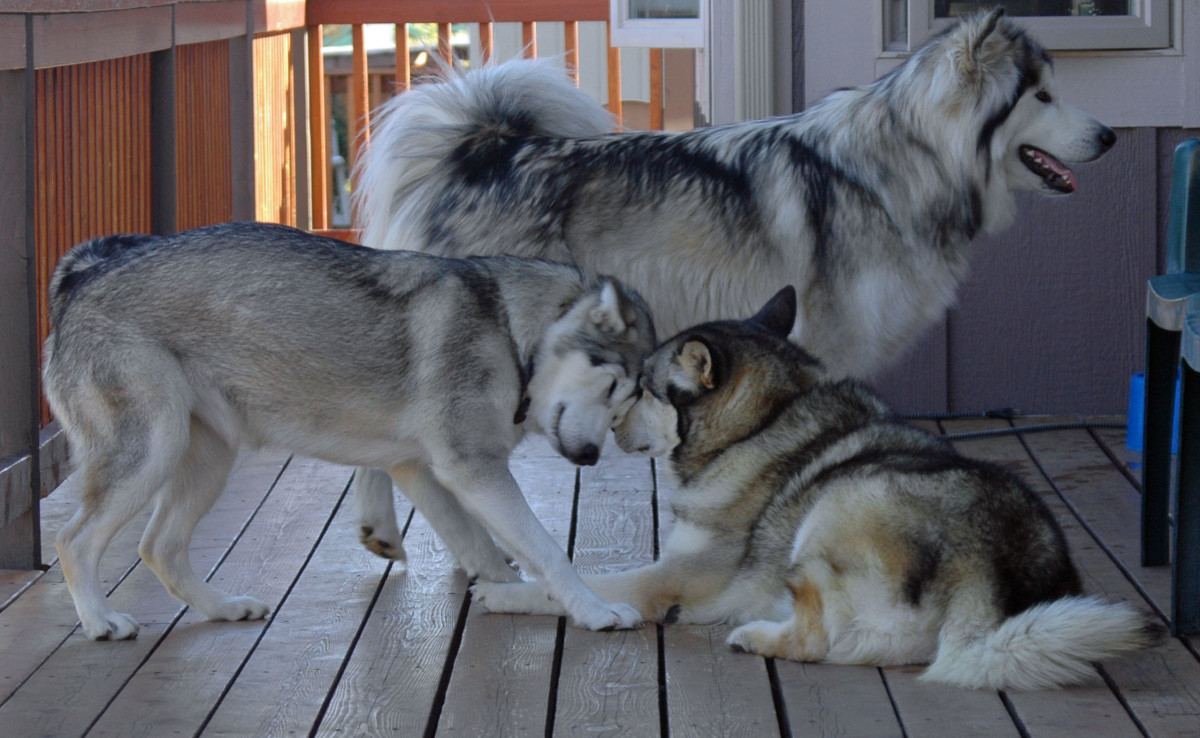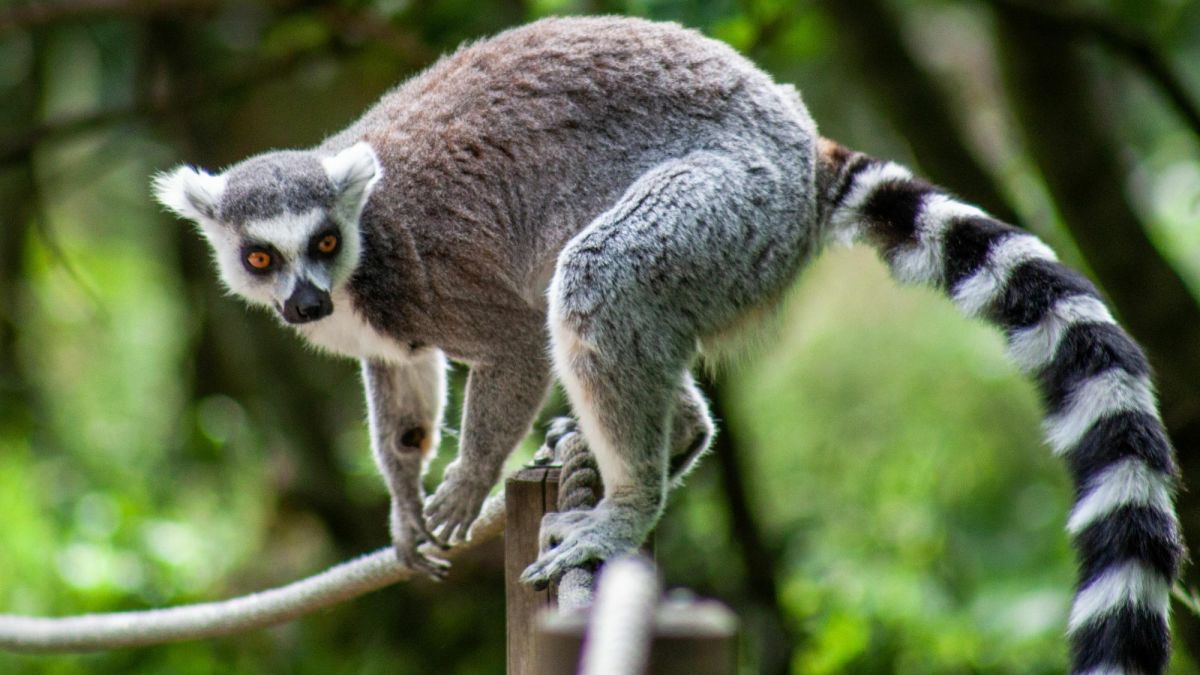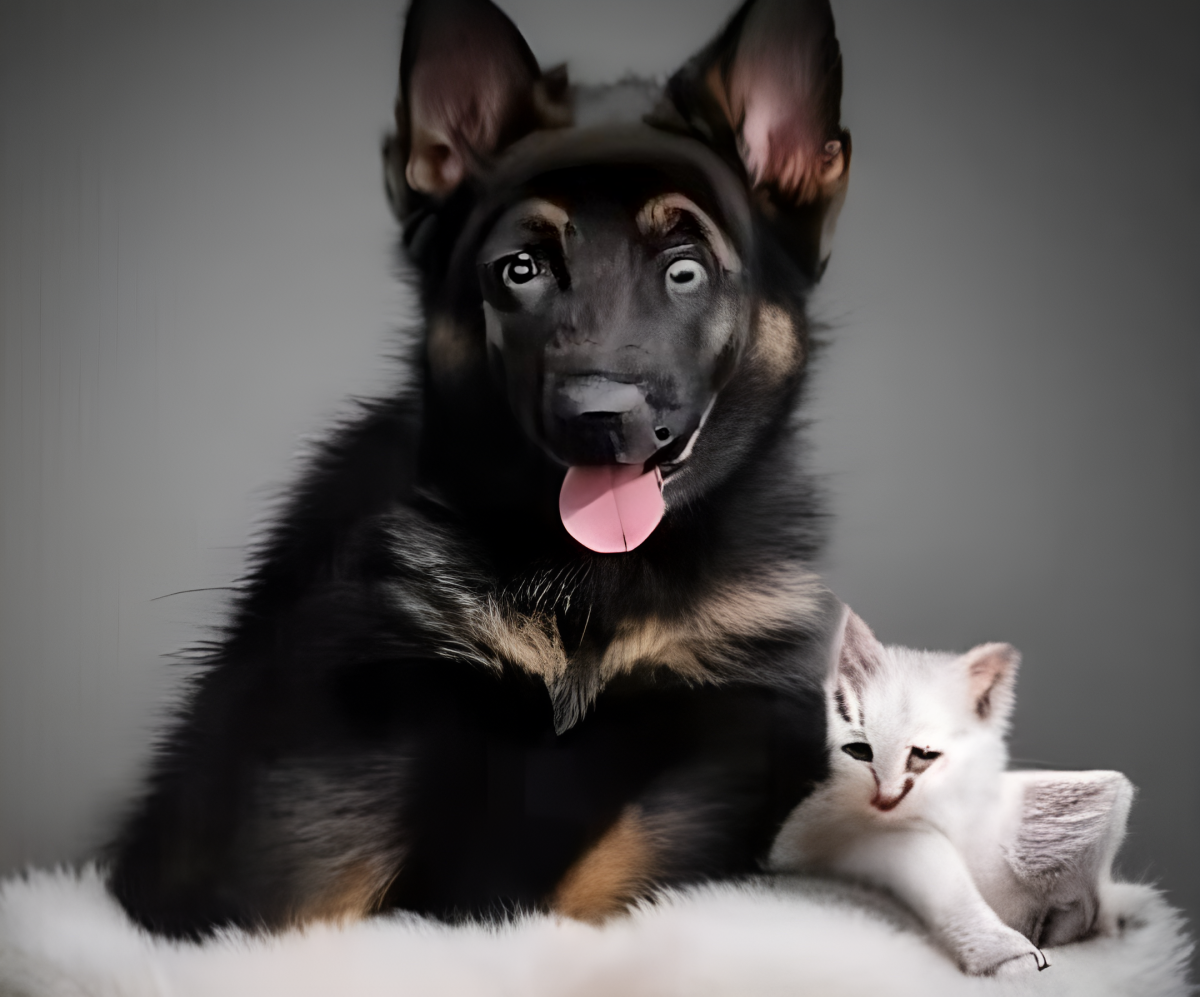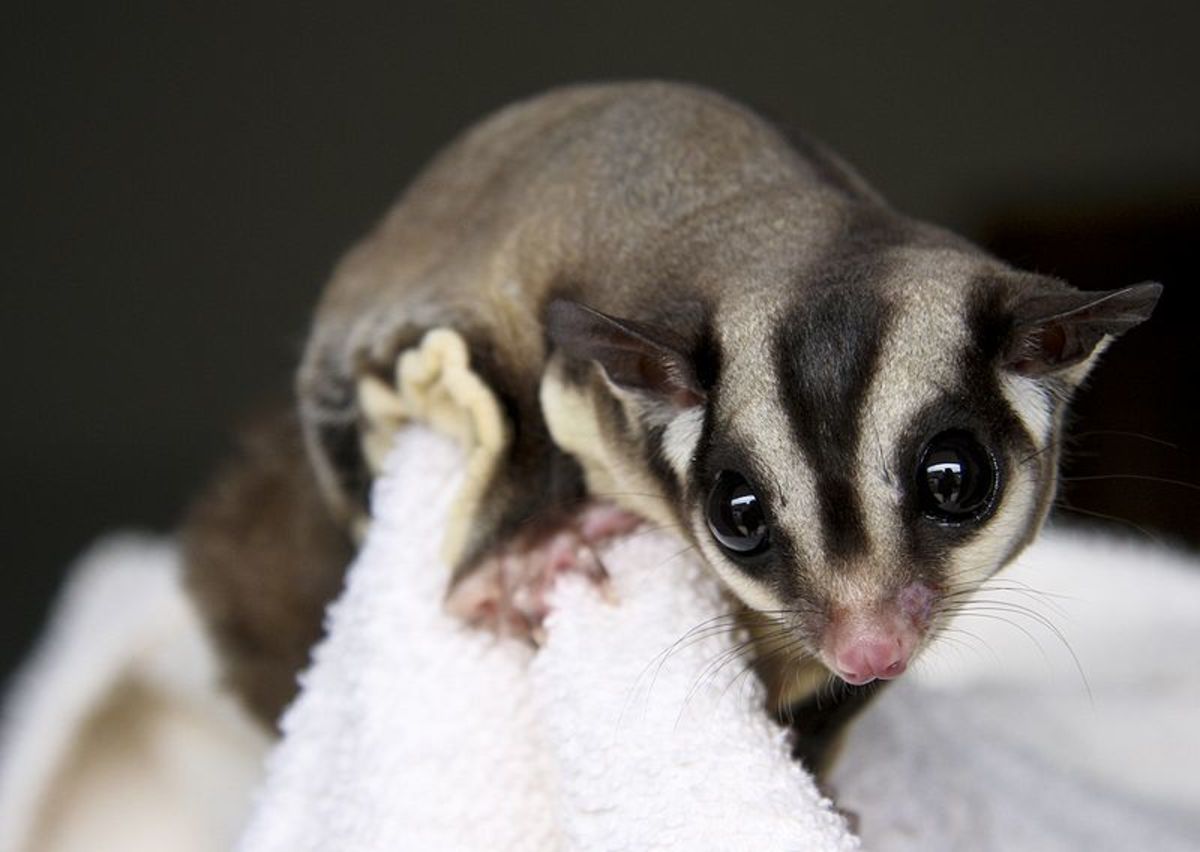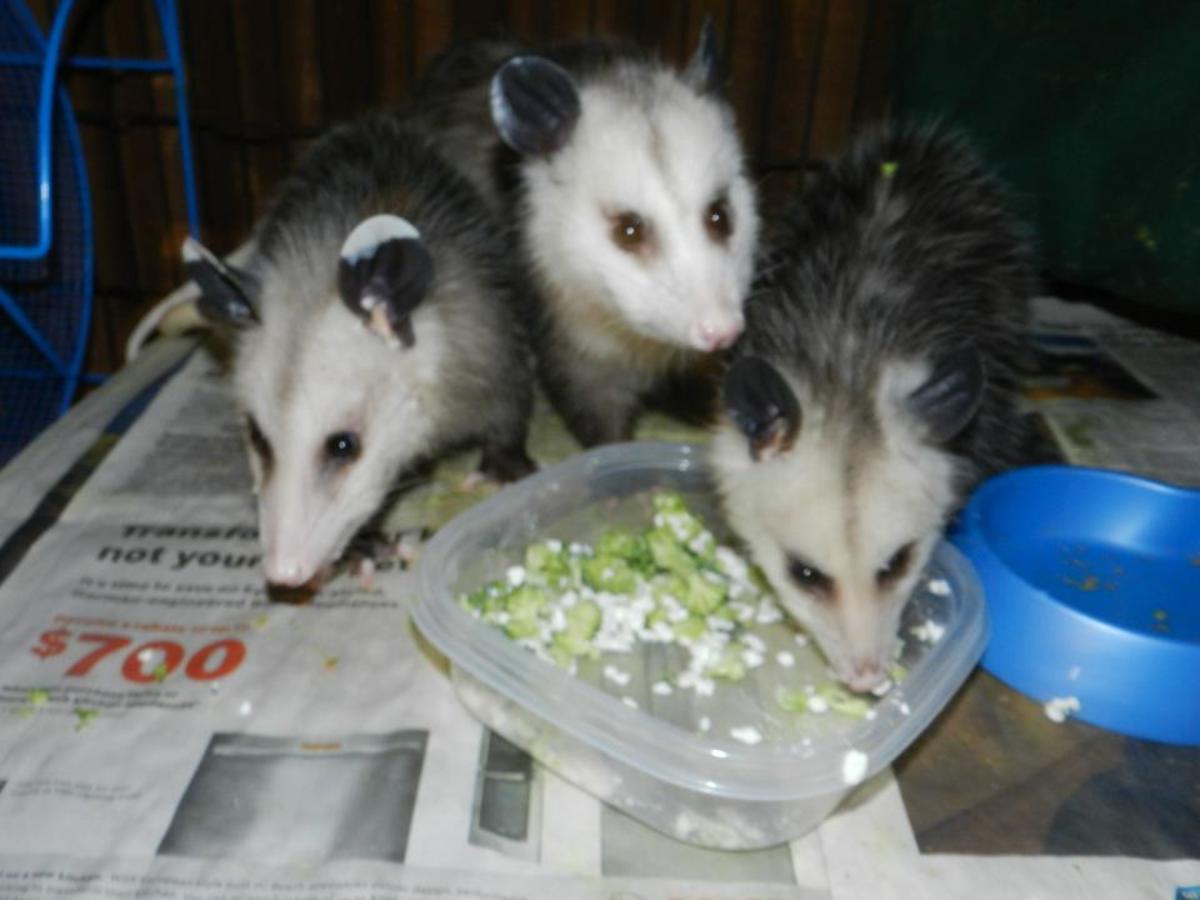How to Teach Children to Care for Pets
Teaching Kids to Take Care of Pets
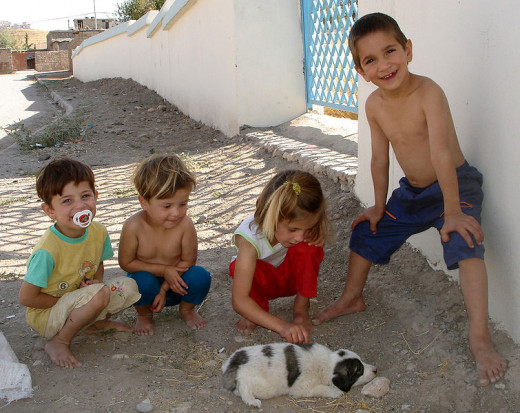
Children and Pets
What would you do to make sure your child grows up with a strong self esteem, to be a mature, responsible adult, who is compassionate, and kind to others?
While there is no magic formula, it seems that children who grow up taking care of a pet may be able to show more empathy, exhibit greater resourcefulness, more self reliance, have better social skills, and tend to be more accountable adults than children who have not bonded with a family pet.
Pets teach us all many things including love and loss. These bonds we share with other species speak volumes about unconditional love, loyalty, devotion, and friendship. As parents, we can’t teach our children everything there is to know about humanity. A family pet can be a useful partner in teaching our children important lifelong lessons.
The Positive Effects Pets Have on Kids
Studies have shown that a pet in a child’s life can have a tremendous positive impact on a child’s ability to nuture and develop meaningful relationships as adults. When a family pet is brought into the home, it is important to teach your child to respect the animal. Your child will learn to respect others as well.
When a child learns to pay attention to a pet’s body language, they will intuitively be able to sense other people’s feelings. When your child learns that this animal is dependent on them for safety, for food and water, and for their overall care, they will learn a deep sense of responsibility and protectiveness. They will naturally grow up with a good self image, feeling that what they do, can make a difference.
From the time the family begins to think about bringing a pet into their home, it a good idea to include your child in the decision making process. Sit down with the kids and decide what kind of pet would work well with the family dynamics.
It is important to discuss the huge responsibility any pet is. It should not be taken lightly. Whether you decide on a gold fish, or a golden retriever, a horse or a hamster, these living creatures will become dependent on you for their care and well being.
Teaching Your Child to Care for a Pet
In teaching your child to care for a pet there are a mix of several factors that need to be considered.
I ) What is the age of your child ?
II ) What type of pet are you considering?
III ) What is the maturity level and personality of your child?
IV ) What responsibility will you, as the adult take in caring for the pet?
V ) What are the family dynamics and other factors that are a part of this decision?
The age of your child is an important consideration as to what and how much responsibility they should have for taking care of the family pet. There are age appropriate chores to give your children. It is important for your child to understand that the animal’s health and happiness are dependent on them doing the job correctly, safely, and affectionately. This will help your child to learn to do things to the best of their ability. Teaching a child to care for a pet should yield success for everyone.
Teach Your Child to Be Kind and Respectful to the Pet
Start with rules about treating the pet with kindness and respect. Your child needs to understand that the pet uses their survival instincts, and to avoid the animal if it is reacting defensively
Guide them to observe a pet’s mood and how to respond to their behavior. Teach them that an animal may feel tired, hungry, frightened, territorial, and may need to just be left alone. You are the best example to your child about taking responsibility for the family pet.
They will model what you do, no matter what you say. Understand that your child may become overly enthusiastic around the pet, and this could cause the animal to become overwhelmed. Safety around the pets is one of the first responsibilities you must teach your children. The first rule for yourself in teaching your children pet responsibility is to have plenty of patience for all.
Start With Some Basic Rules
- Never let a child hit a pet with their hand or any object.
- Teach your child not to taunt or tease the pet.
- Leave the pet alone when they are eating, playing with their toy, or resting
- Teach your child to read the body language of the animal to cue into the animal’s emotions, when they are playful and when they are serious. As you observe them, you will see pets are easy to read.
- Teach your child not to overstimulate the pet.
- Teach your child to be gentle with the pet. Stay away from the animal’s mouth, eyes, ears, and tail.
- Don’t corner an animal or hug them tightly and make the animal feel trapped
- Give the pet space, and the ability to walk away when it comes to dogs and cats
- Make sure the environment is clean, safe, and fun.
- Keep the animal away from extreme heat and extreme cold, and make sure they have a sheltered environment appropriate for that specific pet.
- Teach children to look for signs of lethargy, labored breathing, injury, etc.
- Make sure the pet has fresh water always available.
- Grooming, exercise, and playtime should be part of the routine your child either sees you doing, or is part of it in some way.
- Make sure your pet gets lots of love and affection.
- Understand that your child may make lots of promises to take care of this pet, and should they fall short, it is incumbant on you to remain responsible for the pet. It should only be an extreme last alternative to give the pet away. Don’t use it as a threat against your child or out of your own frustration.
- Keep an open line of communication with your child, so you know how they are feeling, and they know your expectations for them.
- Be careful not to overwhelm your child with too much responsibility.
- Make sure your child understands this pet does need attention.
- Make sure your child does not play with the pet’s toys and the pet does not play with the child’s toys.
Age by Age Guide to Teaching Your Children How to Take Care of a Pet
Age of Child
| Pet Care Responsibilities
| Age Appropriate Pet
|
|---|---|---|
toddlers
| change water and food bowl with adult supervision
| fish or small animal such as a hamster
|
4-6 year olds
| Let them assist you with feeding the pet - clean the pet dishes - put away the pet toys - and help brush and groom them. Teach your child to wash their hands after each contact with any items belonging to the pet and after touching the pet
| cat , guinea pig, reptile
|
6-10 year olds
| same as above, with less supervision - let them sweep around pet areas - have more a role in bathing, but still with adult supervision - walk and exercise pet
| dog any pet a child chooses
|
10 and up
| Ages 10 Can take on more of the adult responsiblities of pet care
| all pets
|
teens
| Walk, teach tricks exercise, groom
| all pets
|
adults
| Clean litter boxes and cages. Be an excellent role model for your children
| all pets
|
This chart is just a suggestion for picking the right pet and right responsibilities to help your child succeed at taking care of a pet
You May Need to Have a Discussion With Your Child
In an ideal world, everything would fall into place. But in reality, your child may not keep up on their responsibilities. If this is the case, do not threaten to give the pet away.
Start with gentle reminders and positive reinforcements. Don’t make them feel guilty or criticize them. Help them to think responsibly, and then they will act responsibly. Figure out why this routine is not working, and offer encouragement, so that your child will feel success and not failure when it comes to taking care of the family pet.
Talk about the consequences for the pet, and discuss some modifications that may help your child to fulfill their responsibility and bring back the joy and fun in taking care of their pet.
Your pet doesn’t hold grudges, and only will show appreciation for the care they are given. Their loyalty and unconditional love is unwaivering.
Lessons for a Lifetime
A pet can change a child’s perspective in subtle and big ways.
The responsibility your child learns from taking care of a pet helps them see how we are all interconnected with other living things. A pet can help a child relate to others in addition to what we hope they will learn from us.
A pet brings out the nurturing and love that exists in us all. A child will grow more confident , wth the care taking. Children learn resilience, joy, pain,and acceptance - that they are okay, just for who they are.
While we take care of our children, and teach our children to take care of our pets, our pets can teach us all to be better human beings. In giving to another, they will gain and grow in so many positive ways.



